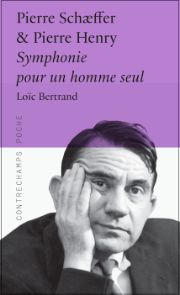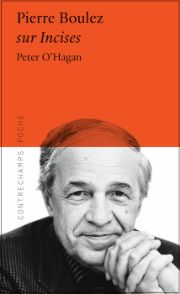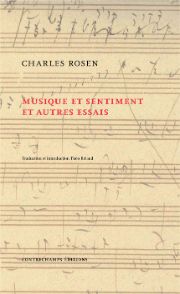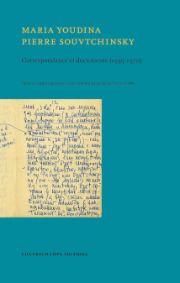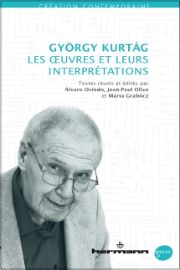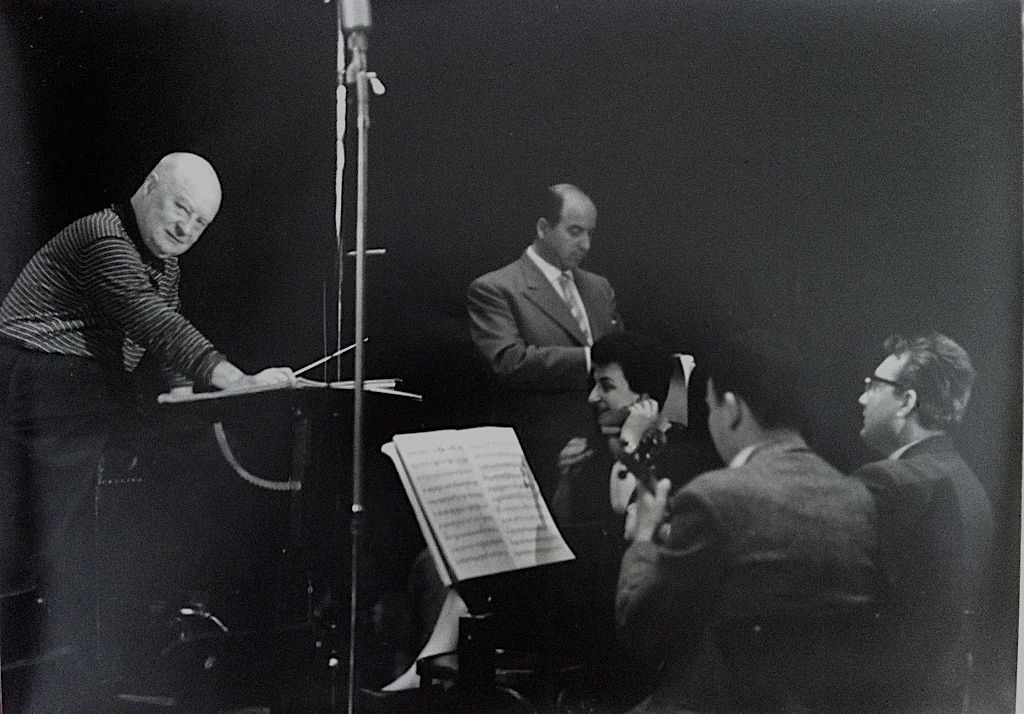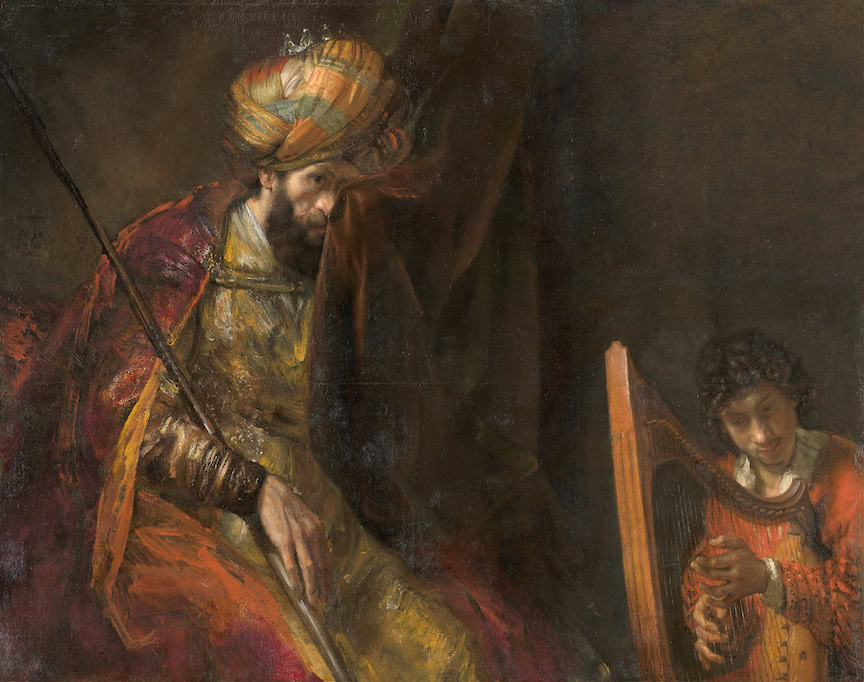New from Contrechamps
Two new monographs on key works of the 20th century, a collection of Charles Rosen's writings, the correspondence of legendary Russian pianist Maria Yudina published by Contrechamps, and a collective work devoted to Kurtág published by Hermann.
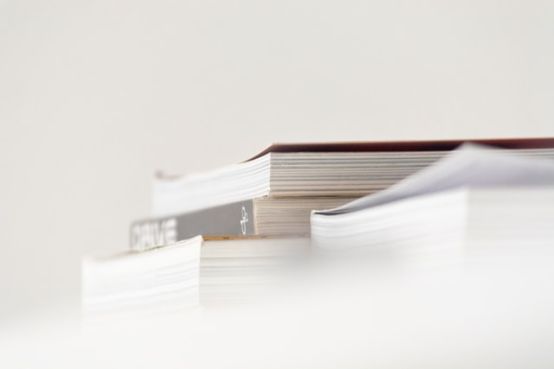
Intended to present key works of contemporary music, the paperback collection from Editions Contrechamps, launched in 2019, has recently been enriched by two volumes, one of which focuses on a joint composition by Pierre Schaeffer and Pierre Henry, premiered in 1950 at the first ever musique concrète concert, the Symphony for a single manLoïc Bertrand's monograph places the work in its immediate post-war context, explaining how the pioneers of acousmatics sought to find a new approach to musical phenomena, to overcome the opposition between noise and sound, and to manifest a new humanism. He also provides an in-depth analysis of the work on sound material, explaining the genesis and history of this emblematic work, its subsequent use in choreography (particularly by Béjart, but also by Cunningham) and the origins of the rift between the two composers.
On Incises
The other paperback is devoted to on Incises for three pianos, three harps and three percussionists (playing mainly two vibraphones and a marimba, as well as steel drums, timpani, crotales, glockenspiel and tubular bells), Boulez's shimmering late composition, lasting almost 40 minutes, reconnects him with non-European music - which had fascinated him since his youth, when he took courses in ethnomusicology - especially the heterophonic rituals of Central Africa and the sounds and rhythms of gamelan. In addition to his close ties with the dedicatee, Paul Sacher, musicologist Peter O'Hagen deciphers the seminal piece for solo piano, IncisesThe book ends with an interview with pianist Dimitri Vassilakis, who was intimately involved in the creation of both works.
How musical feeling develops
Among the series of writings by musicians and musicographers made accessible to French-speaking readers thanks to the quality and finesse of the translations produced for Contrechamps, the publication of a short work by pianist and musicologist Charles Rosen, Music and feelingThis book, accompanied by four essays (one of which notes the gradual disappearance of music-lovers' familiarity with scores, and the consequent loss of comparability between interpretations and scores), provides interesting reflections on how musical meaning is constructed, and how music brings tensions and relaxations into play to generate affects, sensations and emotions. Using examples drawn mainly from classicism to the early 20th century, he also addresses stylistic differences in the expression of intensity of feeling, always ensuring that this study is anchored in the lived reality of music. Théo Bélaud, a specialist in the author's work, has provided a precise and meticulous presentation and translation.
Correspondence over the Iron Curtain
The larger volume (almost 800 pages), with two audio CDs, contains the correspondence between Russian pianist Maria Youdina, a fervent supporter of the music of her time, and her emigrant compatriot, musicographer Pierre Souvtchinsky, and has been prepared, translated and generously annotated by Jean-Pierre Collot. Written between 1959 and his death in 1970 (but spacing out in his last years), Youdina's letters "with such inspiration, precision and force of expression, are true documents, both historical and human", in the words of Souvtchinsky, whose messages contrast in their slightly distant, ironic sobriety. Witness to a time when musical Europe was divided into two worlds by a largely impassable border, this exchange is complemented by other letters written or received by the pianist - among the correspondents are Boulez, Denisov, Jolivet, Nono, Pärt, Stockhausen and Stravinsky, as well as musicologist Prieberg and choreographer Balanchine - as well as texts by the two main protagonists, chrono-biographical references, accounts of the art and personality of this courageous opponent of the Soviet regime, and her discography.
Performing György Kurtág
In 2016, a colloquium was held in Paris to mark the 90th birthday of Hungarian composer György Kurtág, known for his penchant for miniatures and fragments, constantly in search of the right sound and the most coherent gesture, both of which routinely become the basic material for his pieces. Editions Hermann has published a selection of ten contributions (three of them in English), some of them aesthetic studies, others musical analyses, by musicologists and performers, including Olivier Cuendet from Lausanne, who has collaborated regularly with the Hungarian master for over thirty years (conducting most of his works and conceiving numerous arrangements). Among the subjects covered are Kurtág's inspiration from the music of the past and his avoidance of expressive clichés, the importance of the body and movement in musical playing, the quality of silence, and the fundamental relationship between composition, the (often fastidious) indications of the score and interpretation ("what's behind the notes", as the composer put it).
Loïc Bertrand: Pierre Schaeffer & Pierre Henry - Symphonie pour un homme seul, 248 p., Fr. 15.00, Éditions Contrechamps, Genève 2021, ISBN 978-2-940068-65-4
Peter O'Hagan: Pierre Boulez - on Incises, translated from English by Alfredo Descalzi, 248 p., Fr. 15.00, Éditions Contrechamps, Geneva 2021, ISBN 978-2-940068-61-6
Charles Rosen: Musique et sentiment et autres essais, translated and introduced by Théo Bélaud, 256 p., Fr. 20.00, Éditions Contrechamps, Genève 2020, ISBN 978-2-940068-60-9
Maria Youdina, Pierre Souvtchinsky: Correspondance et documents (1959-1970), 808 p. + Audio CD, Fr. 28.00, Éditions Contrechamps, Genève 2020, ISBN 978-2-940068-59-3
Marta Grabocz, Jean-Paul Olive, Álvaro Oviedo: György Kurtág : les oeuvres et leurs interprétations, 182 p., € 25.00, Éditions Hermann, Paris 2021, ISBN 9791037006264






